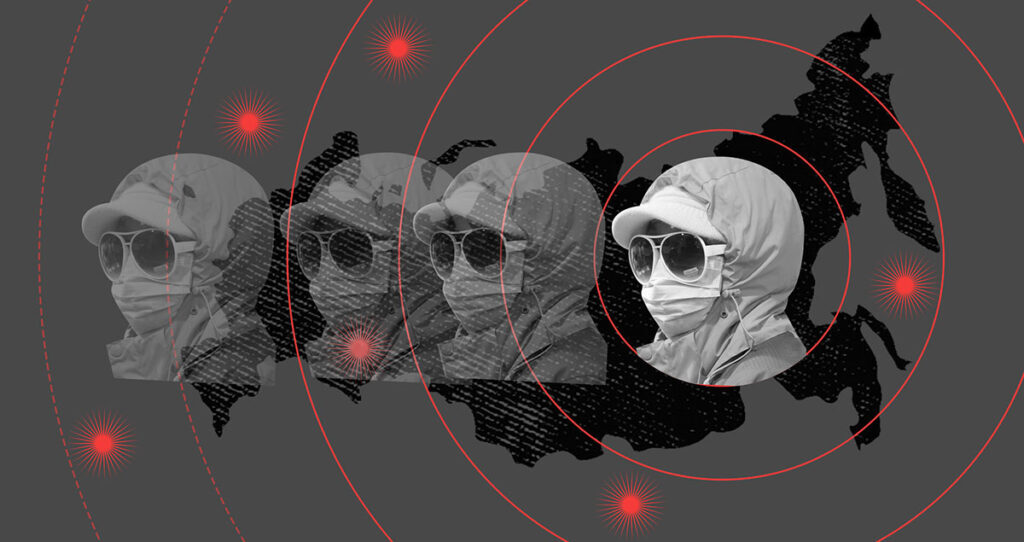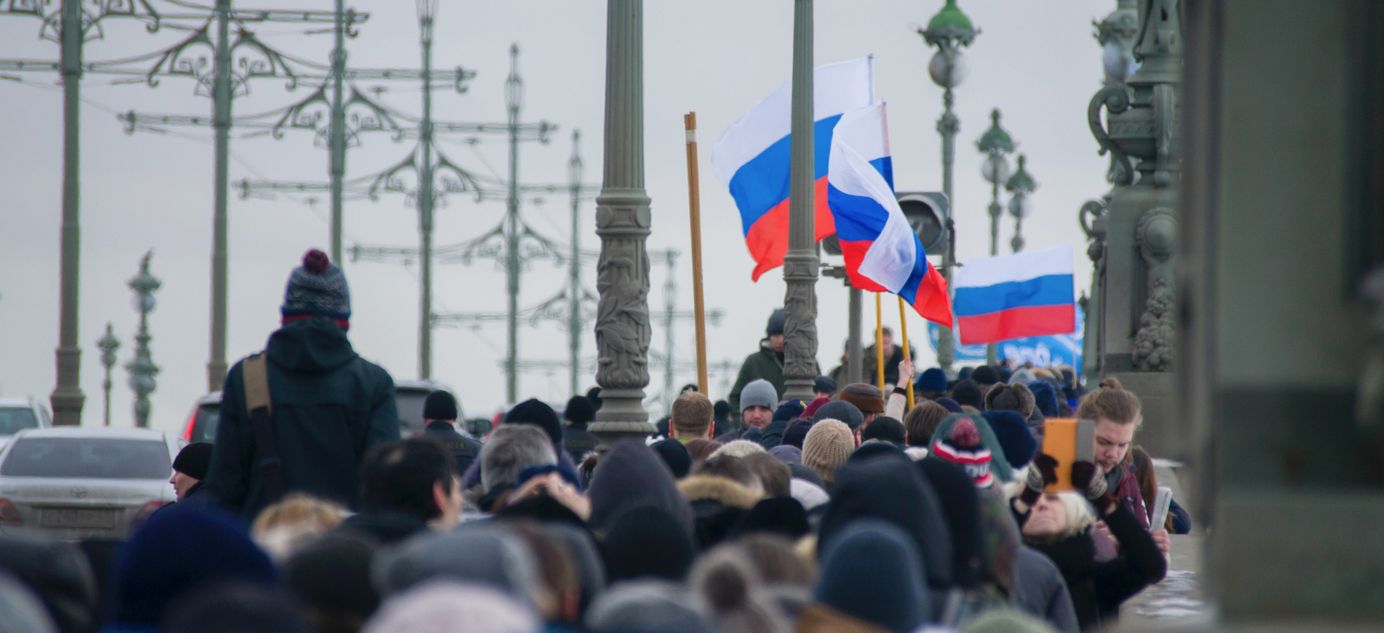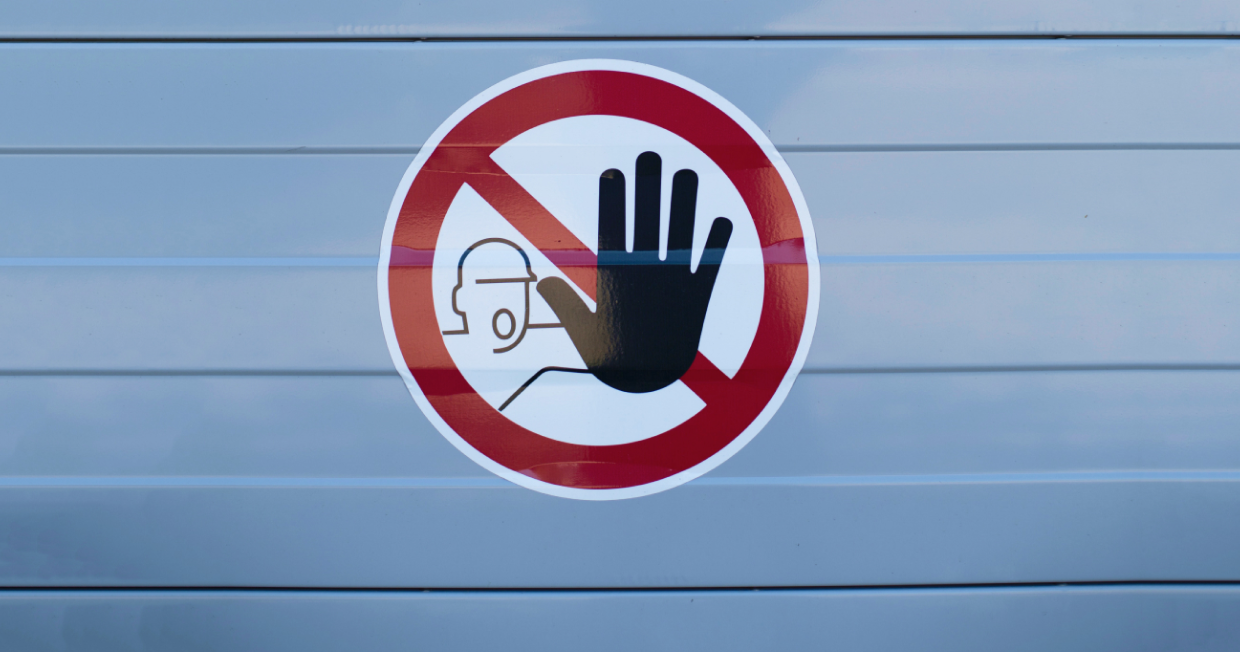
What’s wrong with Russia’s COVID-19 statistics?
Low COVID-19 mortality rates in Russia became a major political issue this week. When three Western media outlets reported that COVID-19 deaths have been consistently underestimated, it caused a storm of indignation from Russian officials. The Bell examined official documents that showed Russia compiles its statistics very differently to most European countries. There is no evidence of a cover-up when it comes to COVID-19 deaths.

What happened?
Officially, deaths from COVID-19 in Russia are lower than in any other country in the top 20 ranking for numbers of coronavirus cases (except for Saudi Arabia). As of Saturday, 2,500 people in Russia had died of COVID-19. There have been 272,000 coronavirus cases.
The Moscow Times, the Financial Times and the New York Times reported there were 2,000 “additional deaths” in Moscow in April compared to the average of the last decade. Moscow has officially recorded 600 COVID-19 deaths in that month. The three media outlets suggested that the statistics may have been altered for political purposes.
The reaction from Russian officials was furious, and they denied anyone was manipulating the data. The Foreign Ministry demanded a retraction, and complained to the United Nations and the Organization for Security and Co-operation in Europe.
How does Russia arrive at its COVID-19 statistics?
Russia does not automatically ascribe COVID-19 as the cause of death to someone who has tested positive for the virus in life. The Ministry of Health recommendations are:
- If a person dies in hospital with COVID-19 (after a positive test or symptoms), the body is sent to a morgue. There are no recommendations for those dying at home.
- The morgue pathologist carries out an examination and sends tissue samples for laboratory tests. Only after this is the underlying cause of death officially recorded. The pathologist must decide whether the death occurred from COVID-19, or whether the primary cause was another disease.
- Doctors interviewed (Rus) by media outlet Meduza said the instructions for determining death are written in such a way as to make it possible to hide COVID-19 deaths. Moscow’s Health Department openly said 60 percent of COVID-19 deaths were not from COVID-19, but heart attacks, cancer, leukemia, or renal failure.
While the World Health Organization (WHO) does recommend not automatically classifying the deaths of COVID-19 patients as COVID-19 deaths, it says this should only be done in quite rare circumstances — such as a fatal trauma injury, or massive heart attack. If a person has a chronic illness and dies after testing positive for the coronavirus, the WHO states this should be recorded as a COVID-19 death (the recommendations for Moscow pathologists are the opposite). In addition, the WHO requires member states to publish weekly deaths of those with confirmed COVID-19 — Russia does not do this.
The procedures are very different in other countries. In Germany, if a person with a positive coronavirus test dies, it is automatically registered as a COVID-19 death. In both the U.K. and the U.S. a positive test or a “reasonable degree of certainty” that a person died from COVID-19 is enough to mean it is registered as the cause of death. When you realise this, it becomes clear why Russia’s COVID-19 death rates are so much lower than elsewhere.
Why the world should care Russia does not need a political intervention to manipulate mortality rates lower — simply following official procedures results in comparatively low numbers of COVID-19 deaths. There are very few countries where the cause of death is routinely determined by a pathologist after an autopsy and laboratory analysis. When recommendations are always interpreted to the exclusion of COVID-19, this makes the death rate even lower.





